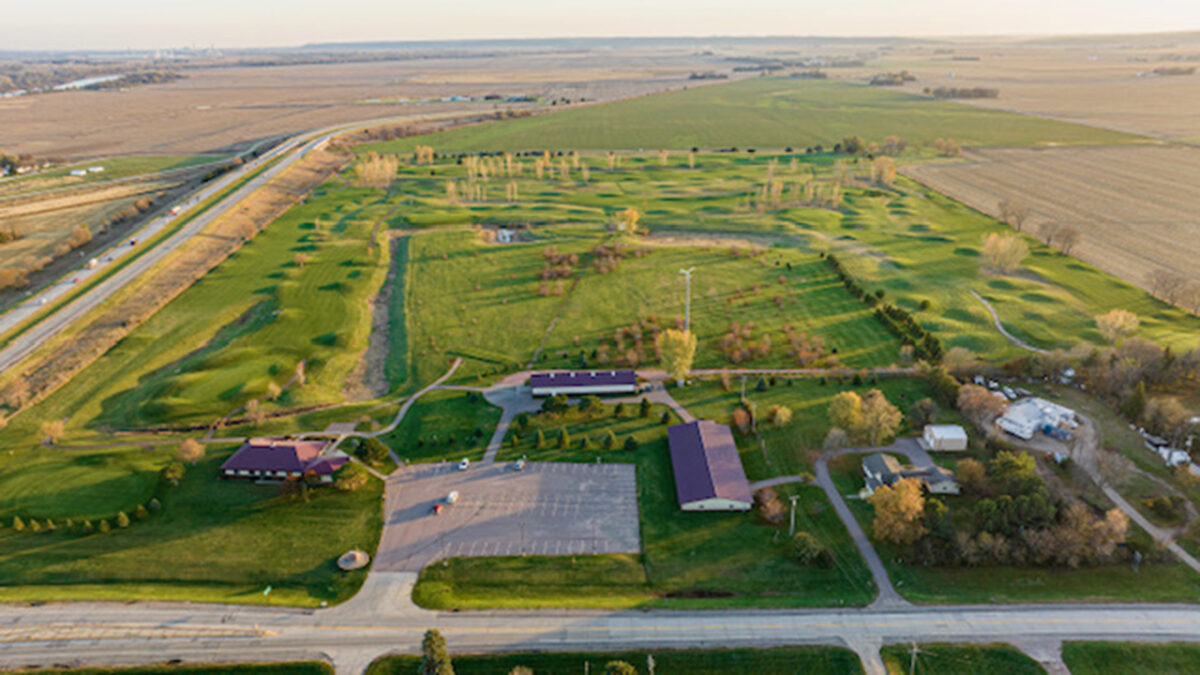Canadian golf architect Trev Dormer, perhaps best known in the industry for his work as an associate for the team of Bill Coore and Ben Crenshaw, has signed on for his first solo project.
Working with the farming family behind the development of the popular new Landmand Golf Club in eastern Nebraska, Dormer will completely renovate the family’s nearby nine-hole course at Old Dane Golf Club in Dakota City, Nebraska.
The Andersen family bought an 18-hole course in 2007 and converted it to nine holes, the current Old Dane. Dormer’s plan is to tear out the entire course and introduce a 12-hole routing that can be played as loops of six, nine or 12 holes across 93 acres of what is currently flat ground. Dormer’s team will build a lake that will provide fill to introduce elevation changes.
“There will be different ways to play the course – I just wanted to get as much golf on the property as I could,” Dormer, who recently completed his work at the new Point Hardy Golf Club at Cabot Saint Lucia in the Caribbean, said in a media release announcing the renovation of Old Dane. “It’s a dead flat site, so I’m trying to do some different, quirky things – a tee shot over the previous green for example. I think it will be significantly more fun and more interesting, and I hope it raises some questions among those who play it.”

The current version of Old Dane will shut down in October, with Dormer and his crew immediately beginning the renovation, which will include the removal of the current driving range. Dormer expects the new, walking-only version of Old Dane to open in 2026.
The operators expect the green fees to remain substantially near the current $15 for nine holes and $25 for a double-loop of 18 holes. Dormer said he hopes to attract new players, especially children and families, to what will be an entirely new course.
“There will not be a single square yard of ground on the property that is untouched by the plow,” Dormer said.
The Andersen family has been in the golf news in recent years after employing King-Collins Golf Course Design to build the large-scale Landmand, which opened in 2022 to become the Golfweek’s Best No. 1 public-access layout in Nebraska and tie for No. 26 among all modern courses in the U.S.
Old Dane sits even closer to the Iowa border, about an 8-mile drive to the northeast of Landmand. Old Dane is about a 15-minute drive from Sioux City, Iowa, and is close to Sioux Gateway Airport.
“This project is about finishing what we didn’t completely do when we built the course originally,” owner Will Andersen said in the media release. “We bought the course because my dad wanted a place to go and hang out with his friends, and we achieved that, but we didn’t do that much with the golf course. The irrigation system is 23 years old, and it’s falling apart.”

Dormer worked briefly with King-Collins on Landmand, and Andersen was impressed with Dormer’s efforts. Dormer started his career in the early 2000s and has worked with several top architects including Ron Prichard, Rod Whitman, Nicklaus Design and Gil Hanse.
“When I thought about rebuilding Old Dane, I had a chat with Rob Collins (of King-Collins), and he confirmed my thought that Trevor would be the right candidate to do the job,” Andersen said.






